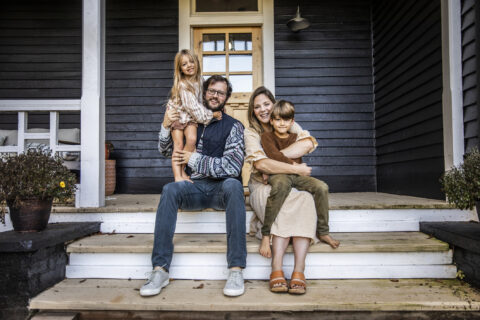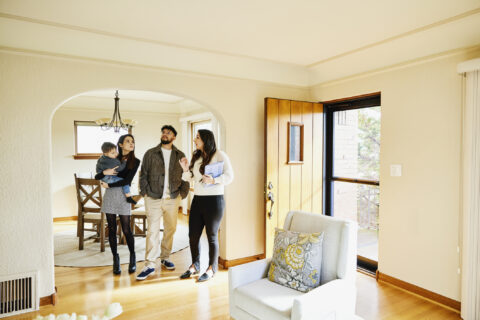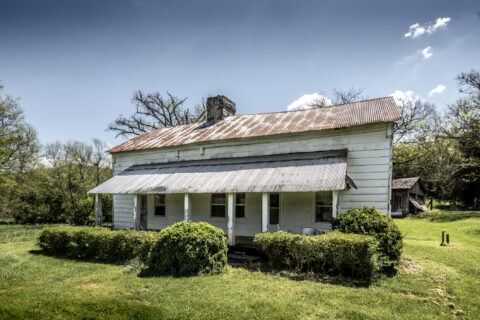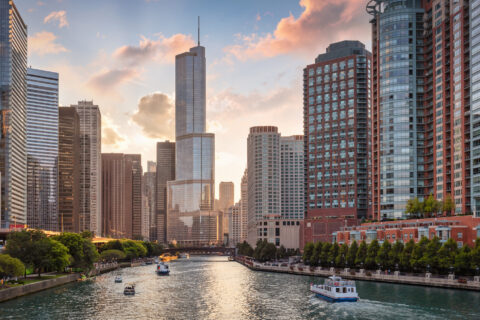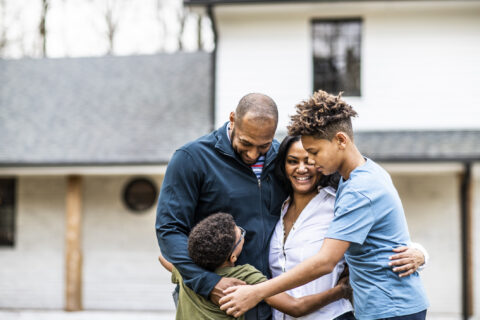The National Center for Healthy Housing (NCHH) first published the following information in 2021 as home improvement spending, which had been on the rise for years, surged during the COVID-19 pandemic as people began spending more time at home and many worried that children’s exposure to lead may also be on the rise due to both the increased amount of time spent inside and also the potential for increased lead hazards resulting from all that home improvement. Since then, NCHH has heard from many local change agents that this information specifically spurred local action to investigate opportunities to develop a local Renovation, Repair, and Painting (RRP) permitting component or incorporate the missing concept into a timely, existing legislative effort.
As NCHH continues to witness the important role cities play in encouraging property owners to renovate safely through RRP requirements, they encourage you to explore this policy lever to advance your goals of providing all residents with safe, stable and healthy housing and to consider taking NLC’s Healthy Housing Local Action Challenge.
As NCHH covered in an earlier blog, the Environmental Protection Agency’s (EPA) Renovation, Repair, and Painting (RRP) Rule requires that firms performing renovation, repair, and painting projects that disturb lead-based paint in homes, child care facilities, and preschools built before 1978 be certified by EPA (or an authorized state), use certified renovators who are trained by EPA-approved training providers, and follow lead-safe work practices.
“One of the smartest things we ever did was put on our permit applications the requirement for the RRP certification.”
Leonard Merritt, Manager of Code Enforcement, City of Rochester, New York
RRP permitting isn’t a substitute for other local policies and programs, but it is a common-sense complement to the work you’re likely already doing. Nationally, a study funded by the Robert Wood Johnson Foundation found that there was an economic benefit of $3.10 for every dollar invested in RRP enforcement (you can find state-specific numbers here). Those benefits and the responsibilities associated with them are shared across different levels of government. There is a critical role for cities to play: Adapting your permitting process is a relatively straightforward way to help remind contractors about their responsibilities. This can be as simple as adding a checkbox asking property owners or contractors to confirm their commitment to following RRP requirements for lead-safe renovations to actually requiring contractors to report their RRP license numbers or share a copy of their certification.
Why Adding RRP Makes Sense
- First, adding an acknowledgment or verification of RRP to your local permitting process doesn’t add requirements or increase any obligations for contractors. They’re already required to comply with RRP, regardless of whether those words appear on your local permit applications or not.
- Adding RRP to your permitting process really serves to remind contractor of this obligation and to level the playing field so that all contractors are held to the same expectations. Without it, contractors who want to do the right thing by complying may be at a disadvantage. The costs associated with RRP compliance (to cover additional supplies and training for firms and contractors) are modest but can increase the cost of a job (EPA estimates that the average absolute costs to comply with the rule range from $35 to $376, but since many contractors already comply with parts of the rule, the incremental costs are likely $8-$124). It can be especially effective to partner with community groups to offer free or subsidized RRP classes for contractors and homeowners to reduce the possibility that cost is a barrier to complying.
- An explicit requirement empowers residents. Having a checkbox on a form gives residents a chance to learn that contractors are supposed to be following lead-safe work practices so that they can ask questions and make sure their family is adequately protected.
- RRP protects the workers and their families too from unnecessary lead exposure (both on the job and on the clothes and equipment that they take home each night).
- If your community is newer to lead poisoning prevention, adding RRP to your local permitting process is a great way to get started (especially since, as noted above, it doesn’t actually increase requirements for contractors). However, it also makes sense for communities with well-established lead poisoning prevention programs and usually complements these existing efforts. Many lead programs target lower-income households with known lead hazards, and code-enforcement programs often focus on rental properties. RRP applies to all pre-1978 housing, and the rule protects residents and workers from lead exposure even when the project has nothing to do with lead at all, as is true of most home improvement projects.
- Ensuring lead-safe work practices are followed is especially important during pregnancy and in the first few years of a child’s life, and adding RRP to your local permitting process is a great way to educate first-time homeowners about how they can protect their families.
How You Can Get Started
NCHH, and national partners like NLC, have several great resources to help you add RRP to your local permitting process. And if your community’s process already includes RRP, it’s worth checking out these resources for opportunities to make it even more effective including:
- Technical briefs that outline what you should consider in designing your own permitting process, including example forms used by other communities,
- Examples of how to create effective programs that help contractors and property owners want to comply, and
- Individual coaching for communities that want a little extra assistance in setting up their permitting process or who are struggling with implementation challenges.
So, whether you’re new to lead poisoning prevention work or already have a robust lead program in place, adding RRP to your local permitting process should be an important part of your activities to protect children from unnecessary lead exposure. Leonard Merritt, Manager of Code Enforcement for the City of Rochester, recently said at a public meeting, “One of the smartest things we ever did was put on our permit applications the requirements for the RRP certification.” Rochester is recognized nationally as a pioneer in lead poisoning prevention policy at the local level; and over the years, many municipalities have expressed a desire to emulate their program. RRP is a great place to start!
The National Center for Healthy Housing (NCHH) is a leading national nonprofit dedicated to transforming lives by transforming housing. Since 1992, NCHH has served as a highly regarded and credible change agent, successfully integrating healthy housing advocacy, research, and capacity building under one roof to reduce health disparities nationwide. Follow NCHH on Twitter, Instagram, or LinkedIn, become a fan on Facebook, or subscribe to NCHH’s YouTube channel.

